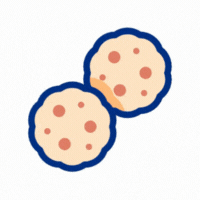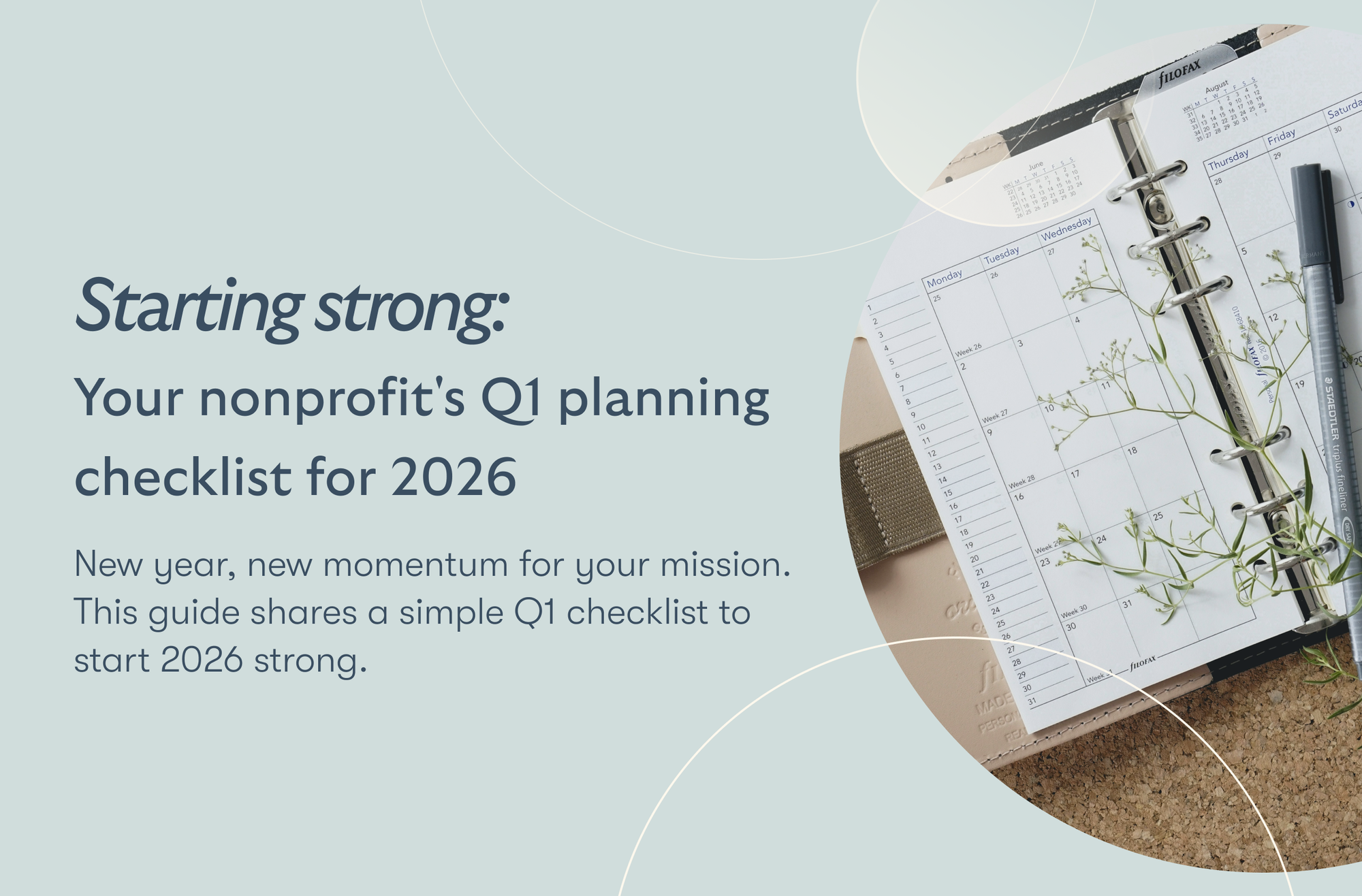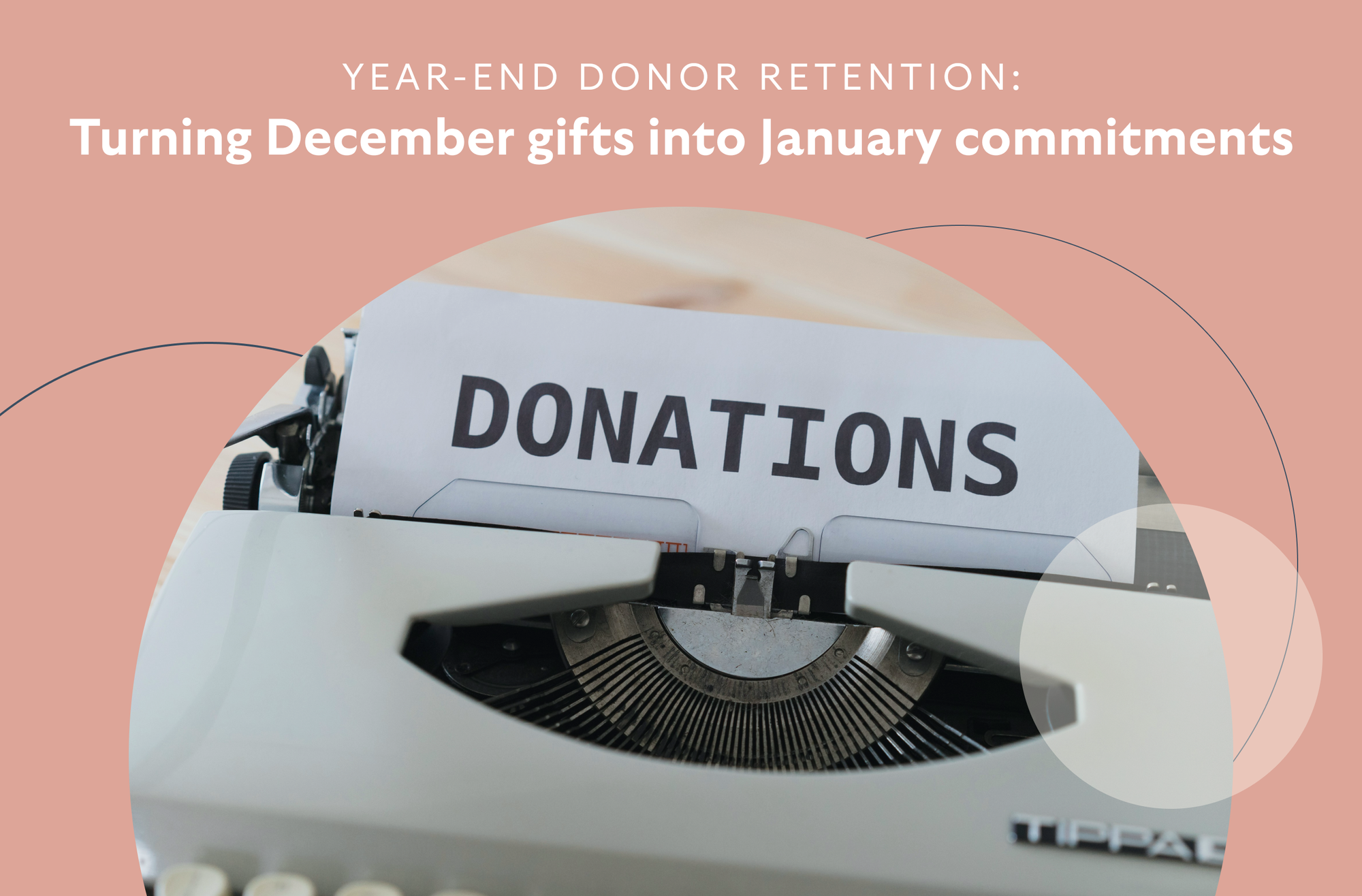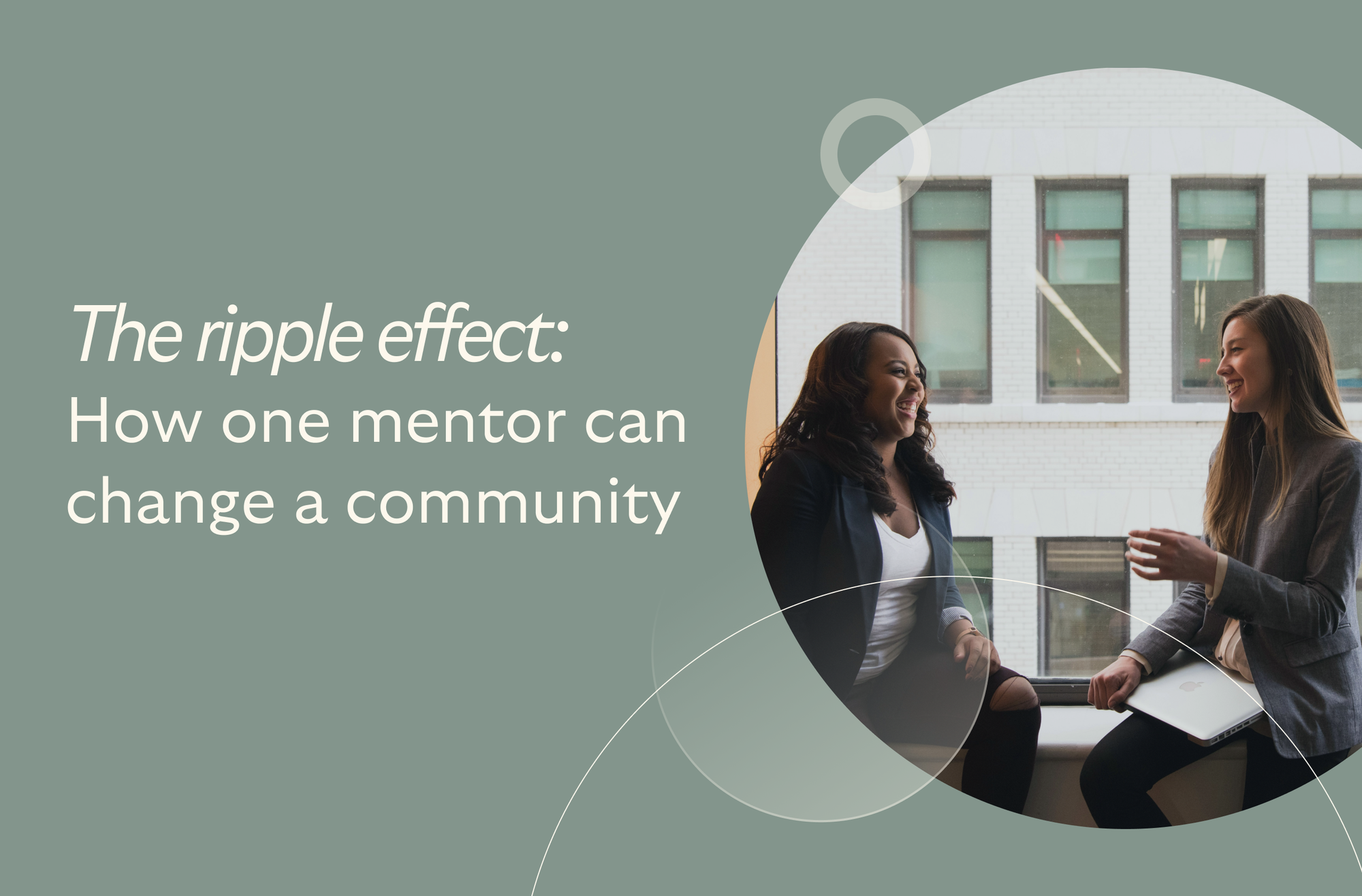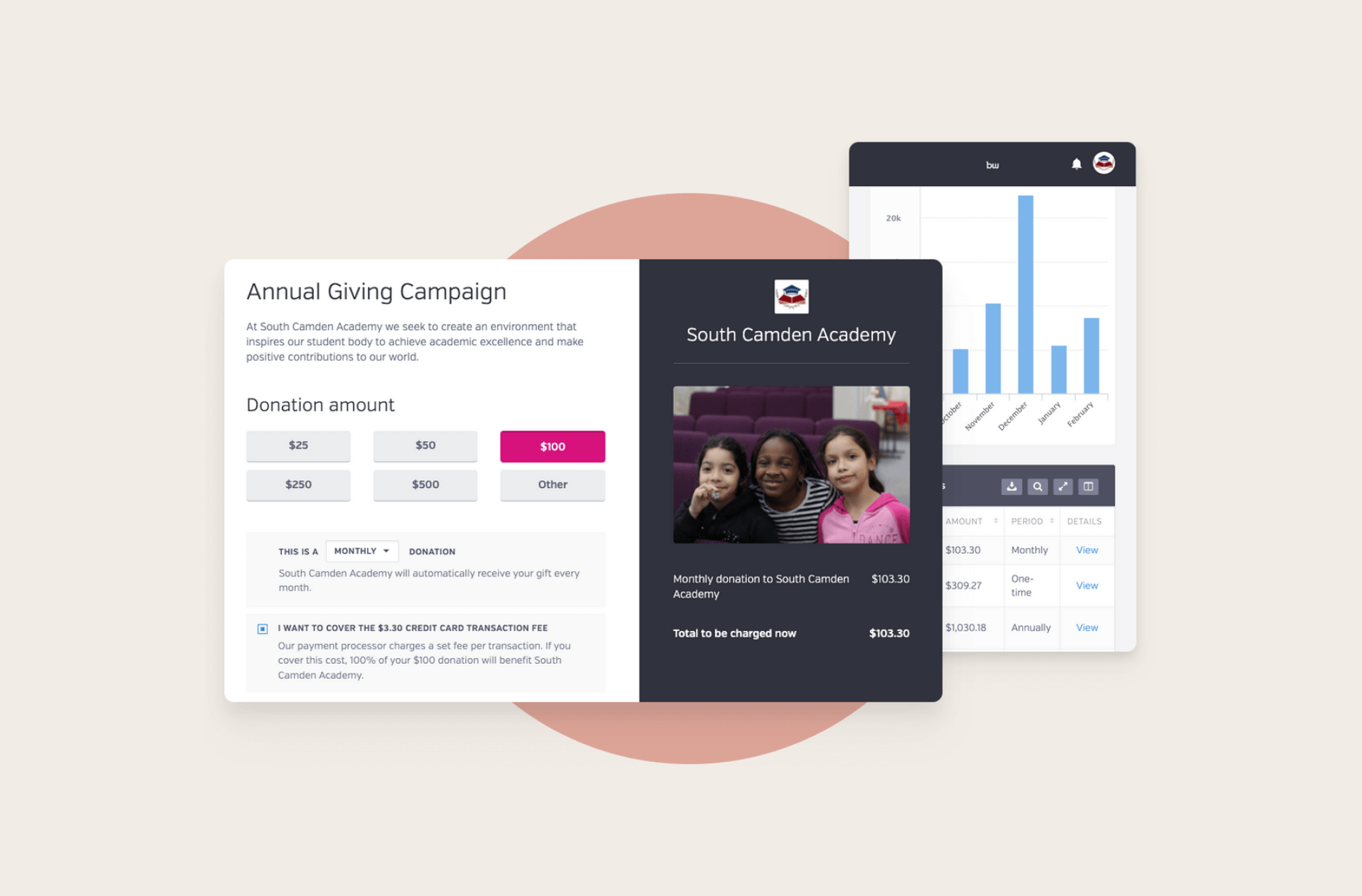Simplify donations with customizable default donation amounts
Streamline your processes and keep online and offline donations in one place
Engage with your donors with automatic updates
Give your donors the ability to donate once, monthly, or annually
The 5 Key Stages Of The Donor Cycle
By Whit Hunter

Understanding the donor cycle is like following a roadmap for how charities and nonprofits connect with the people who support them. It's a journey that has five main steps, each one important for building strong relationships with donors and making sure their support can do the most good.
Let's explore these five key stages, from first catching a donor's interest all the way to making them a lifelong supporter. This article will make it easy to see how each step plays a role in helping charities succeed.
Definition Of The Donor Cycle
The donor cycle is a process that helps nonprofits understand how to turn potential supporters into long-term donors. It's a journey that begins when someone first learns about your organization and follows through with several steps that encourage them to contribute to your cause.
The cycle consists of five key stages.
- Identification.
- Qualification
- Cultivation
- Solicitation
- Stewardship
Think of the donor cycle, like making friends and keeping them. First, you find people who might like the same things you do (identifying).
Next, you figure out which of these new folks might become good friends (qualifying). Then, you hang out with them, getting to know each other better (cultivating).
When the time feels right, you might ask them for a favor, like helping you out with something important (soliciting). And after they've helped you, you make sure to say thank you and keep them updated on how their help made a difference (stewarding).
The Benefits of the Donor Cycle
The donor cycle is crucial in fundraising because it helps organizations build lasting relationships with their supporters. Here is how it can be beneficial for your nonprofit organization.
Knowing Who to Talk To
Nonprofits can figure out who is most likely to help them. They can make personalized messages for these people. It can prevent wasting time, money, and energy.
Connecting in a Good Way
Knowing about the donor cycle helps nonprofits understand what their supporters care about. It makes it easier to talk to them in a way that feels right and gets them more involved.
Getting More Help Over Time
The cycle shows how to turn someone who gives once into someone who gives many times.
Building Strong Relationships
By following the steps in the donor cycle, nonprofits can create real friendships with their donors. It could lead to more funds giving and even getting the donors to tell their friends and family about the cause.
A Plan That Works
Following key steps ensures the fundraising plan works well. These steps include knowing when to reach out, understanding different types of donors, using data smartly, making giving easy, keeping information safe, including everyone, and making sure each donor feels special.
The 5 Stages of the Donor Cycle
Let’s discuss the 5 stages of the donor cycle in detail.
Stage 1: Identification
Stage 1 of the donor cycle is called Identification. In this stage, the focus is on spotting people who might donate to your cause.
In this stage, you want to find those who share your values and are likely to support your mission.
Here's how it works:
Gathering Data
Start by examining your current supporters. Look for patterns in age, gender, location, interests, and other factors. It helps you understand who your donors are and who else might be a good fit.
Using Tools
Tools like donor management software can help you analyze your audience and identify potential donors. They allow you to sort through your donor base using various filters, making it easier to spot trends and opportunities.
Engagement Methods
Collect information through surveys, interviews, and feedback. Regularly interacting with your audience helps you stay updated on their preferences and how they might change over time.
Remember, the identification stage is all about finding the right people to target with your fundraising efforts.
Stage 2: Qualification
Stage 2 of the donor cycle is called Qualification. This stage is vital as it's where you focus on identifying which of your potential donors are the most likely to support your cause significantly.
It's not just about who has the most money but who is most willing to donate to your organization. This involves looking at both the capacity to give and the inclination to support your mission.
For example, you might find a potential donor who has a high income or substantial assets, indicating they have the capacity to give. However, their willingness or inclination to support your cause is equally important.
A donor who is highly engaged with your cause but has a more modest capacity to give can still be a valuable asset to your organization. These individuals might not only donate but also volunteer their time or advocate for your cause.
The process of qualification should be continuous, as people's financial situations and interests change over time. It involves a mix of research to understand a potential donor's financial capacity and personal engagement to find their interest and commitment to your cause.
Stage 3: Cultivation
Stage 3 of the donor cycle, Cultivation, is all about building relationships with potential donors. This is where you deepen connections and get your donors more involved and committed to your cause.
Cultivation is not just about talking. It's about listening, learning, and engaging with your donors in meaningful ways.
During this stage, you'll want to share your organization's stories, successes, and future plans, but also take the time to understand the donor's interests, motivations, and how they see their contribution making an impact. You can involve a mix of personal meetings, events, tours of your facilities, or volunteer opportunities that match their interests.
Effective communication is key. For smaller donors, emails or newsletters that educate them about your work can be very effective.
For potential major donors, personal interactions are crucial. Whether it's through one-on-one meetings, phone calls, or personalized notes, the aim is to make them feel valued and an integral part of your mission.
Remember, cultivation should be thoughtful and personalized to each donor. It's a step that requires patience and persistence, as building genuine relationships can't be rushed.
Stage 4: Solicitation
Stage 4 of the donor cycle, Solicitation, is the critical moment when you directly ask potential donors for their support. This stage follows after you've successfully identified, qualified, and cultivated your prospects, building a foundation of mutual understanding and shared goals.
Solicitation involves more than just asking for money. It requires a personalized approach where the timing, method, and manner of your ask are aligned with what you've learned about the donor's preferences and capacity.
The success of this stage relies heavily on the groundwork laid in the previous stages, ensuring that the solicitation feels like a natural progression in the relationship rather than an abrupt request.
Effective solicitation can take various forms, from personalized letters and emails to one-on-one meetings or phone calls.
The key is to be clear, direct, and specific about what you're asking for, why it matters, and how the donor's contribution will make a difference.
Remember, the solicitation stage is about conversion, turning potential support into contributions. But it's also an opportunity to deepen the relationship with your donor, regardless of their immediate response.
A well-handled solicitation can lead to continued engagement and future support, even if the initial answer is no.
Want to raise more Donations? Try BetterWorld’s Donation Tool for FREE!
Stage 5: Stewardship
The last stage of the donor cycle mainly involves maintaining the relationship with your donors after they have made a contribution.
This stage is important for turning one-time donors into lifelong supporters. Effective stewardship involves showing appreciation for donations, demonstrating the impact of those donations, and keeping donors informed about how their contributions are being used.
Strategies for stewardship include sending thank-you letters or emails promptly after receiving a donation, which is not only a gesture of gratitude but also serves tax reporting purposes.
Beyond this, personal touches like handwritten notes, phone calls, donor appreciation events, and one-on-one meetings can make donors feel truly valued. For example, inviting donors to see the impact of their donation firsthand through tours of facilities or previews of new programs can deepen their connection to your cause.
Moreover, engaging donors with updates through newsletters, social media posts, and impact reports helps maintain an ongoing dialogue.
In short, stewardship is about creating a sense of community and partnership with your donors. It also makes sure that they feel integral to your organization's success and are motivated to continue their support.
Get The Best Out Of Donor Cycle With BetterWorld
Take your donor lifecycle strategy to new heights with BetterWorld's comprehensive suite of tools designed to increase donor engagement, support recurring contributions, and expand your nonprofit's reach.
Here's how BetterWorld can transform your approach to managing the donor cycle.
Virtual Engagement
BetterWorld introduces an innovative, real-time virtual event platform, ensuring donors can connect with your cause from any location.
Zero-Cost Fundraising
With BetterWorld, you can access top-tier online fundraising software at absolutely no cost.
Flexible Donations
BetterWorld simplifies the donation process, allowing for both one-time and recurring donations via desktop or mobile.
Seamless Donation Management
Use BetterWorld's donor management software to create a seamless engagement experience for donors of all ages.
Dedicated Support
At every stage of the donor cycle, the BetterWorld team is ready to assist. Our Help Center is committed to supporting your organization's needs, ensuring you have the guidance and resources to succeed.
Interested in seeing how BetterWorld can revolutionize your donor cycle management? Request a demo today and discover the full range of benefits our platform has to offer.
Join 105,000+ amazing nonprofits, organizations, and fundraisers on BetterWorld

Let our FREE fundraising tools help you raise more funds with less effort
